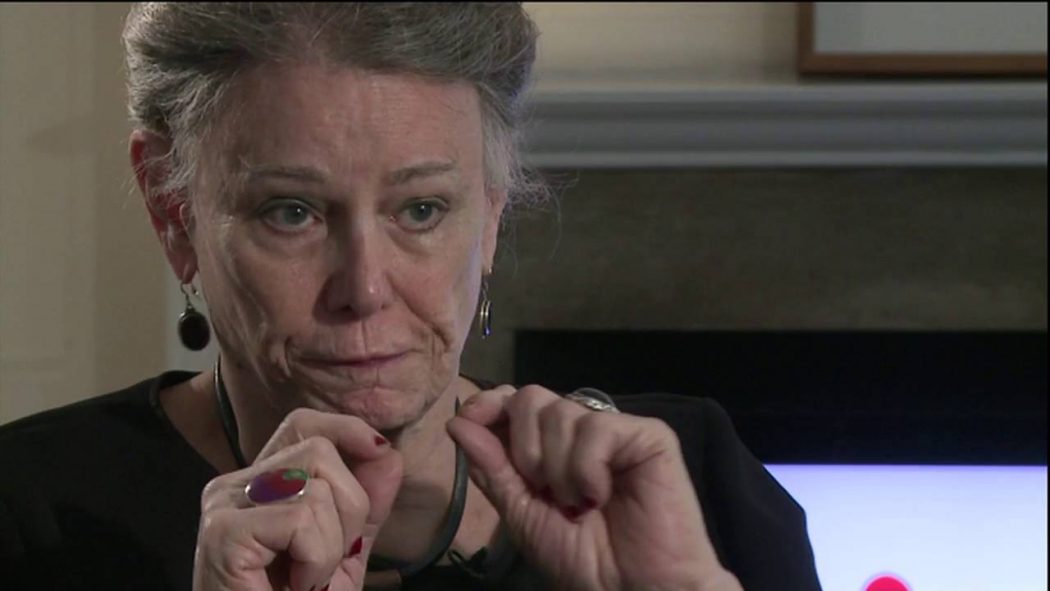According to modern economics, various ideas that we have established about the world of economics emanates from historical data. By inspecting the data, an economist forms a view regarding its behavior. As long as the theory seems to explain the data, it continues to be regarded as valid. Once it fails to adequately explain the data it is replaced by a new theory. Note that on this way of thinking a theory is derived from the data.
According to most experts, the sharp increase in the living standards in the western world in the past few hundred years could be attributed to the accumulation of technical knowledge.
This conclusion was reached by observing that for the thousands of years most people lived in great poverty, but since the 18th century there was a massive increase in prosperity, which economists attribute to the sharp increase in technical knowledge. (See McCloskey https://www.youtube.com/watch?v=1bmXI_pt9fQ)
Given this way of thinking it is not surprising that Paul Romer, this year’s Nobel Laureate in economics has concluded that the heart of economic growth is the result of an expansion in technical knowledge.
According to Mises,
Experience of economic history is always the experience of complex phenomena. It can never convey knowledge of the kind the experimenter abstracts from a laboratory experiment.[1]
To make sense of the data an economist must have a theory, which stands on its own feet, and did not originate from the data. By means of a theory, an economist could scrutinise the data and could try to make sense of it.
The key ingredient of such a theory is that it must originate from something real that cannot be refuted. A theory that rests on the foundation that human beings are acting consciously and purposefully fulfils this.
That human beings are acting consciously and purposefully cannot be refuted, for anyone that tries to do this does it consciously and purposefully i.e. he contradicts himself.
Ludwig von Mises, the founder of this approach, labelled this praxeology. By stating that human beings act consciously and purposefully Mises was able to derive the entire body of economics.
The knowledge that human actions are conscious and purposeful allows us to make sense out of historical data. On this Rothbard wrote,
One example that Mises liked to use in his class to demonstrate the difference between two fundamental ways of approaching human behavior was in looking at Grand Central Station behavior during rush hour. The “objective” or “truly scientific” behaviorist, he pointed out, would observe the empirical events: e.g., people rushing back and forth, aimlessly at certain predictable times of day. And that is all he would know. But the true student of human action would start from the fact that all human behavior is purposive, and he would see the purpose is to get from home to the train to work in the morning, the opposite at night, etc. It is obvious which one would discover and know more about human behavior, and therefore which one would be the genuine “scientist”.[2]
Causes in economics originate from human beings
That man pursues purposeful actions implies that causes in the world of economics emanate from human beings and not from outside factors.
We suggest that by looking at historical data without a coherent way of thinking one could fit any theory to provide an explanation of what the heart of economic growth is.
However, if we start from the fact that human beings are operating in the means-ends framework then one is likely to establish that without an expansion in the means of sustenance no sustainable expansion in economic growth is going to emerge.
For instance, to make a particular tool the toolmaker must have an idea of how to make this tool.
The idea alone however will not be sufficient to produce the tool. Various elements to make the tool must be produced first before it could be assembled.
In the various stages of production i.e. intermediate and final stages, individuals that are employed in these stages must be supported by providing them firstly with final consumer goods, which will sustain them.
The allocation of final consumer goods towards various individuals that are engaged in the various stages of production is what real savings is all about.
Observe that without the allocation of consumer goods towards the individuals in the various stages of production the tool will not be made notwithstanding that the toolmaker has the technical knowledge of how to make the tool.
The fact that the industrial revolution which started in early 18th century was associated with massive economic growth does not imply that the key for this was technical knowledge.
There is no doubt that the emergence of new technological ideas are of great importance, nonetheless without the formation of capital the ideas would have been of little help. There is no doubt that the liberal ideas were an important factor in setting in motion what is called capitalism. The emerged environment that provided the incentive for capital formation also gave rise to technical ideas.
Conclusion
We suggest that historical data cannot produce much information about the facts of reality without a theory that “stands on its own feet” and is not derived from the data. Gazing at the data cannot assist an analyst in establishing causes in the world of economics. All that gazing will do is to help describe things. To ascertain the underlying causes one requires an explanation that can be made by a logically worked out theory. The role of historical data in all this is just to illustrate things but not to serve as proof.
[1] Ibid p 351
[2] Murray N. Rothbard preface in Theory and History by Ludwig von Mises.



